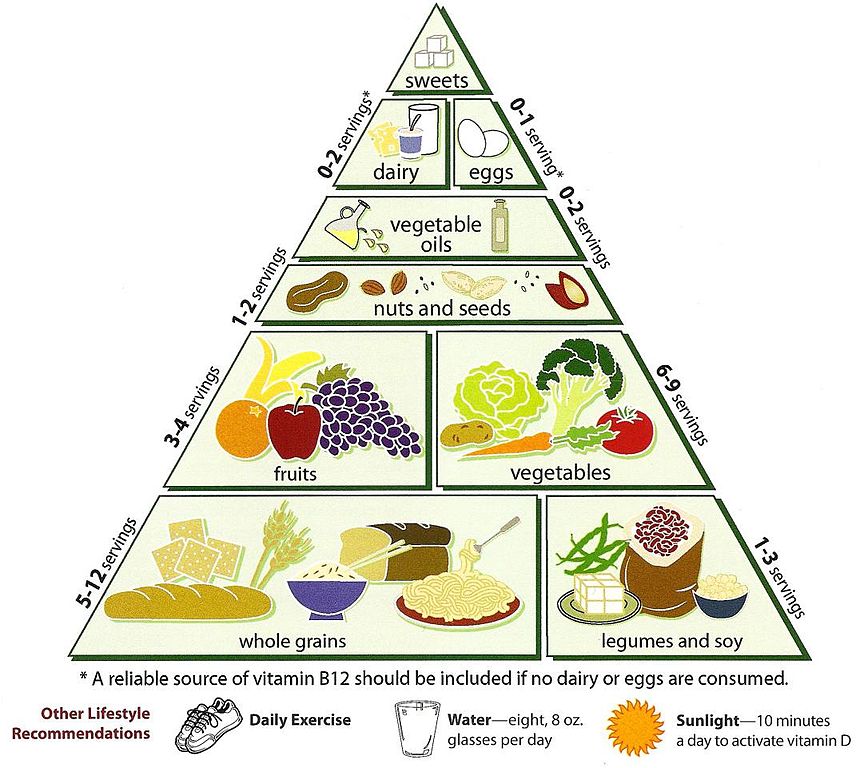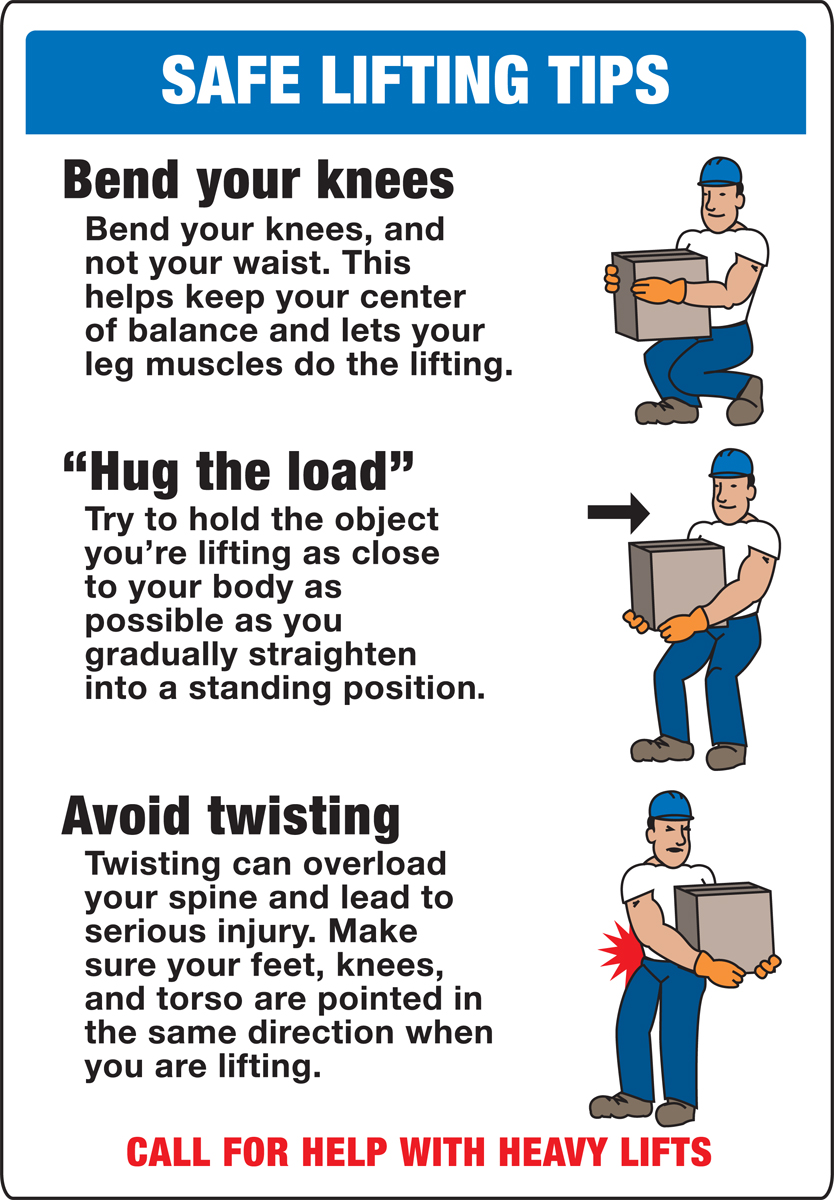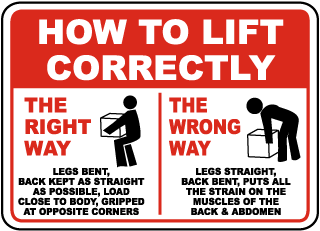How to Prevent Back Injuries
I am often asked how to prevent back injuries. Most people do not like my answer and rarely follow my advice...

The Answer Is This: Exercise 5-6 times a week, consisting of a combination of aerobic training and weight training for at least 150 minutes a week, but better at 300 minutes per week.
Follow a healthy diet consisting of a wide variety of plant-based nutrition and healthy animal protein.
In the hopes of inspiring a few people, I will also say a few things about how to get and stay motivated and give a few daily tips to reducing the risk of back injury. I will also touch upon correct lifting techniques, which will help prevent injuries in general.
As a disclaimer, please consult your personal physician before beginning any training workout or diet modification. These recommendations are for general teaching purposes.
The main reason that general health helps prevent back injuries is because when you are healthy and physically strong, you move and react better and are less likely to injure yourself.
Aerobic Exercise
Running, biking, swimming and fast walking are the more common forms of aerobic exercise. The elliptical machine and rowing machines are other common forms of aerobic exercise in the gym, as are treadmills. Is one better than another? Yes. The one you will do is the best. For example, a high level biking and running provide more aerobic conditioning for perceived effort than a low level of swimming. But if you prefer swimming to biking and running, then swim.
What is perceived effort? It is an easy way to determine how hard a workout is form your perspective without heartrate monitors and the like. From a scale of 1-10 how “tough” do you think a workout is? 1 being sitting motionless on the couch and 10 is the very hardest you can work giving maximal effort. Generally a 6-8 is where you should be which is a solid effort but not totally exhausting. A minimum 20-30 minutes of this type of exercise is what you should be doing every week, 3 times per week.
Weight Training
This should also be done 2-3 times a week and include each muscle group. And each muscle group should be trained twice a week.
Upper body consists of shoulders, back, biceps, triceps and chest. Lower body consists of quadriceps, hamstrings calves and inner and outer thighs. And of course, core exercises with include the abdominal muscles and low back.
Compound or functional exercises can train more than one muscle group at a time. For a beginner training, with machines is safer as there is less risk of injury. Working with a trainer initially is helpful to becoming familiar with equipment. I am often asked if free weights are better than machines or are cables best. The answer is they are all good and a combination is best. It all depends on what you are trying to do.
Repetitions, or reps, are the number of times you move a weight or your body in an exercise. Sets are the number of times you do reps with rest in between. For example, you can do 15 biceps reps and do them 3 times (or 3 sets).
As far as the number of reps you should do in weight training, it is debatable, but generally shoot for 12-15 with the last of the reps pushing the perceived effort to an 8. As far as the number of sets the standard is 3.
Bottom line for general starting recommendations would be 3 sets per muscle group consisting of 12-15 reps twice a week. People often ask me when the best time is to start exercising. The answer is 20 years ago. The second best answer is today. So let me say a few things about motivation...
Motivation
Unfortunately, exercising does not come from motivation. Motivation comes from doing. The more you do something, the more it becomes a habit and the more motivated you are to do it. If you are waiting to get motivated to start exercising, you will likely never get started.
So how does one get started? Organization, support, and goals. First, pick a time of day to exercise where you are not likely to be disturbed or postpone your workout because “things come up”.
Exercising with a friend or friends is helpful as you are counting on each other to show up and who wants to disappoint a friend?
Determine what goals you are trying to achieve. For example: run a mile, get stronger, play a better game of tennis, etc. Weight loss can be a goal but this is a bit trickier. As you get stronger, you may have more muscle and less fat and your weight may not change much, but you are looking and feeling better. Aerobics, particularly running, burns fat and can help weight loss. But if you are looking for great abdominals, there is a saying that great abs are made in the kitchen and not the weight room. So food is our next topic...
Healthy Dieting
Eating right promotes general health. Eating mostly vegetables is preferred. And a wide variety of vegetables. When our ancestors were hunters and gatherers they ate about 24 different kinds of vegetables, fruits and grains. After farming took hold it was reduced to 8. We have all heard how short our ancestors were. Those were the post-farming ancestors. Our hunter-gatherer ancestors were generally taller than we are today. So eat a varied diet.

As far as animal protein for sources of nutrition, there are some general recommendations. Yes, eating red meat regularly is probably not good for you in terms of affecting cholesterol and being related to certain cancers. But once in a while is probably fine. – every week or two.
Oily fish has health benefits. You can use the acronym SMASH. Salmon, mackerel, anchovies, sardines, herring. Chicken and turkey can also be eaten and are generally healthy.
The point is to eat a healthy balanced diet which is mostly plant based with healthy animal protein in moderation and avoid processed foods.
By the way, just because it is vegan, does not mean it is good for you! Be careful when choosing some meat-substitutes that are highly processed forms of soy, such as the original Impossible Burger. Click here for a list of popular vegan foods to avoid and which ones to eat.

A good rule of thumb is eat foods that are touched and modified the fewest number of times by human hands. An apple is better than apple sauce.
What about organic food? In certain cases, it can be nutritionally better although more expensive. But is is better to eat a non-organic apple and wash it off than to eat apple sauce.
What Are You Wearing? If you are trying to avoid injuring your back or you already have back pain and are trying to decrease your symptoms, here are some general tips:
- Avoid heels. If you do wear heels, stick to 1-inch or bring a comfy pair of shoes to change into.
- Avoid wearing very tight clothing (yes, that means skinny jeans).
- Avoid sitting on the fat wallet in your back pocket. You may need to buy a thinner wallet or lighten your stack of cash in order to avoid discomfort and pain in your back.
- Choose a lighter purse or suitcase (heavy bags cause a strain on the neck and back over time).
Supplements? Let's talk about supplements. This is a topic that can stretch over for many, many blogs. But in short, they are called supplements for a good reason. They do not work if you are not eating healthy diet. They “supplement” a healthy diet . Start with a healthy diet first.

As For Lifting Safely:


